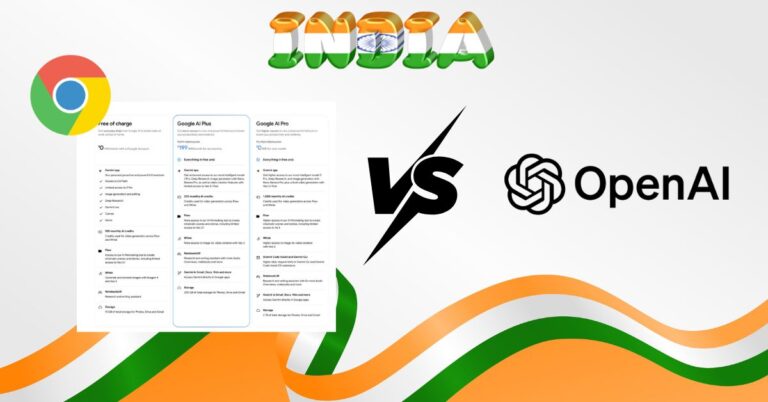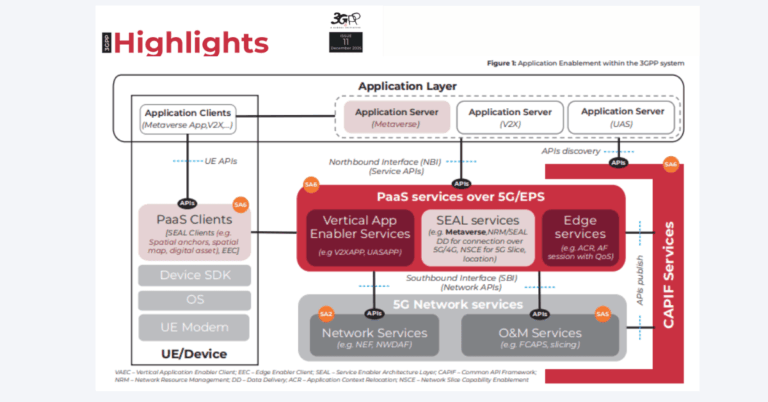The Inevitable Shift to Cloud-Native Networks
A cloud-native network seemed like “something that would happen in the future”…but the reality is cloud-native networks are becoming the backbone of modern business infrastructure. As organizations seek to become more future-proof, transitioning to cloud-native environments is no longer optional but essential for staying competitive. These networks empower businesses to respond faster to market changes, improve service delivery, and enhance customer experiences.
Despite the clear advantages, the path to cloud-native is rarely straightforward. Organizations managing legacy systems face unique challenges, including limited visibility, unpredictable downtime, and fragmented data. To overcome these hurdles, they need a structured migration approach supported by the right technology partner. VC4, a proven leader in network inventory management, ensures that cloud-native network migrations are seamless, accurate, and disruption-free.
Why Cloud-Native Networks?
The transition to cloud-native infrastructure is driven by the need for agility, precision, and adaptability. Businesses that rely on cloud-native networks benefit from:
- Faster Service Deployment: Cloud-native systems enable quicker rollouts of new services by decoupling applications into lightweight, containerized components.
- Reduced Downtime: Microservices ensure that failures are isolated, allowing systems to remain operational even during upgrades or repairs.
- Future-Ready Architecture: Cloud-native designs seamlessly integrate with 5G, edge computing, and AI-driven network automation.
- Improved Resource Management: Virtualized infrastructure optimizes hardware resources, reducing overhead costs.
Telecom operators migrating to cloud-native networks gain a competitive edge, but without careful planning, the migration process can introduce risks such as service disruptions, resource mismanagement, and compatibility issues.
Challenges of Migrating to Cloud-Native Networks
While the promise of cloud-native technology is clear, the journey to adoption requires addressing several challenges:
- Legacy Infrastructure Integration: Many telecom operators rely on complex, aging infrastructure. Migrating to a cloud-native environment requires careful integration and compatibility with existing systems.
- Network Inventory Visibility: Ensuring full visibility of all assets (MPLS, GPON, FTTH, OTN, and WDM) during migration is critical to avoid inconsistencies.
- Downtime Risks: Transitioning from traditional systems to microservices-based infrastructure carries risks of downtime, which can impact critical services.
- Skills Gap: Cloud-native networks require expertise in containerization (e.g., Kubernetes), virtualization, and automation. Telecom teams need upskilling to manage the new systems effectively.
- Scalability Concerns: Managing dynamic scaling of network resources during migration can be a challenge for operators who lack the right tools.
Each of these challenges underscores the need for meticulous planning, solid dependable tools, and a migration partner who understands the intricacies of telecom operations.
VC4: Your Partner for Seamless Cloud-Native Migration
VC4’s Inventory Management System delivers a structured, data-driven approach to simplify cloud-native transitions. With over 20 years of experience and deployments across global telecom operators (e.g., BT, T-Mobile, and Orange), VC4 ensures seamless migration by addressing key challenges.
-
Comprehensive Network Inventory Management
Effective cloud migration begins with accurate network inventory. VC4’s tools provide a unified view of all network assets, including:
- Physical Infrastructure: Cables, fibers, routers, and switches.
- Logical Inventory: MPLS, GPON, FTTH, WDM/OTN configurations.
- Virtual Components: Cloud-based assets, virtual machines, and containerized applications.
VC4’s GIS-powered solutions ensure telecom operators maintain real-time visibility across their entire network landscape, minimizing data gaps during migration.
-
Data Integrity and Migration Planning
Migrating to a cloud-native architecture requires accurate, up-to-date network data. VC4 enables:
- Automatic Discovery and Reconciliation: Identifies mismatches between current inventory and deployed assets.
- Custom Migration Workflows: Streamlines planning by mapping assets and dependencies for cloud-native environments.
- Risk Assessment: Identifies potential pitfalls, such as duplicate records or missing data, and resolves them before migration.
By ensuring clean, reliable data, VC4 eliminates common migration roadblocks and minimizes disruptions.
-
Integration with Cloud-Native Ecosystems
VC4’s network inventory software is designed to integrate with modern cloud-native tools and platforms, including:
- Kubernetes for container orchestration.
- Hybrid and Multi-Cloud Platforms: Seamless support for AWS, Azure, Google Cloud, and private clouds.
- 5G and Edge Deployments: Simplifies planning and managing the shift to 5G-ready, cloud-native architecture.
This compatibility ensures operators can efficiently transition to cloud-based networks while retaining full control over their assets.
-
Data Integrity and Accuracy at Every Step
Data integrity is critical for a successful migration. VC4 ensures:
- Complete data validation to maintain consistency across legacy and cloud environments.
- Real-time monitoring of data movement to avoid losses or corruption.
- Compliance with industry standards, ensuring systems remain secure and audit-ready post-migration.
With VC4, businesses can trust that their data remains accurate, reliable, and compliant throughout the migration process.
-
Zero-Downtime Migration Strategy
VC4 understands the critical nature of telecom services and prioritizes a zero-downtime approach during migration. Key strategies include:
- Phased Migrations: Breaks the transition into manageable stages to avoid service disruptions.
- Parallel Systems Deployment: Allows cloud-native components to run alongside legacy systems until the full transition is complete.
- Continuous Monitoring: Tracks migration progress, identifies issues, and ensures performance remains uninterrupted.
-
Post-Migration Optimization
The migration process doesn’t end after deployment. VC4 ensures that telecom operators continue to optimize and refine their cloud-native networks with:
- Performance Monitoring Dashboards: Real-time insights into network performance, utilization, and resource scaling.
- Automation and Orchestration: Helps operators leverage the full benefits of cloud-native tools to automate workflows and reduce manual intervention.
- Training and Support: Equips telecom teams with the knowledge and tools needed to manage the new cloud-native systems effectively.
Answers to Your Cloud-Native Migration Questions
What Sets Cloud-Native Networks Apart from Traditional Infrastructure?
Cloud-native networks leverage modern design principles that enable rapid updates, modular systems, and better adaptability to dynamic workloads, making them far more agile than traditional infrastructure.
How Does VC4 Make Network Migration More Reliable?
VC4 combines comprehensive network visibility, automated workflows, and phased migration strategies to reduce risks, eliminate errors, and ensure a smooth transition with minimal downtime.
Can VC4 Handle Hybrid Environments During Migration?
Absolutely. VC4 bridges the gap between legacy and cloud-native systems, ensuring both environments coexist seamlessly throughout the migration process.
Conclusion: Trust VC4 to Simplify Cloud-Native Migration
Migrating to cloud-native networks requires expertise, precision, and robust tools. VC4 delivers all three—ensuring your networks are future-ready while reducing costs and risks.
Partner with VC4 S2C today to achieve:
- Accurate Network Insights
- Zero-Downtime Migrations
- Improved Agility and Performance
Contact us today for a consultation, where we’ll assess your current systems, identify challenges, and provide a tailored roadmap for your migration journey.








































